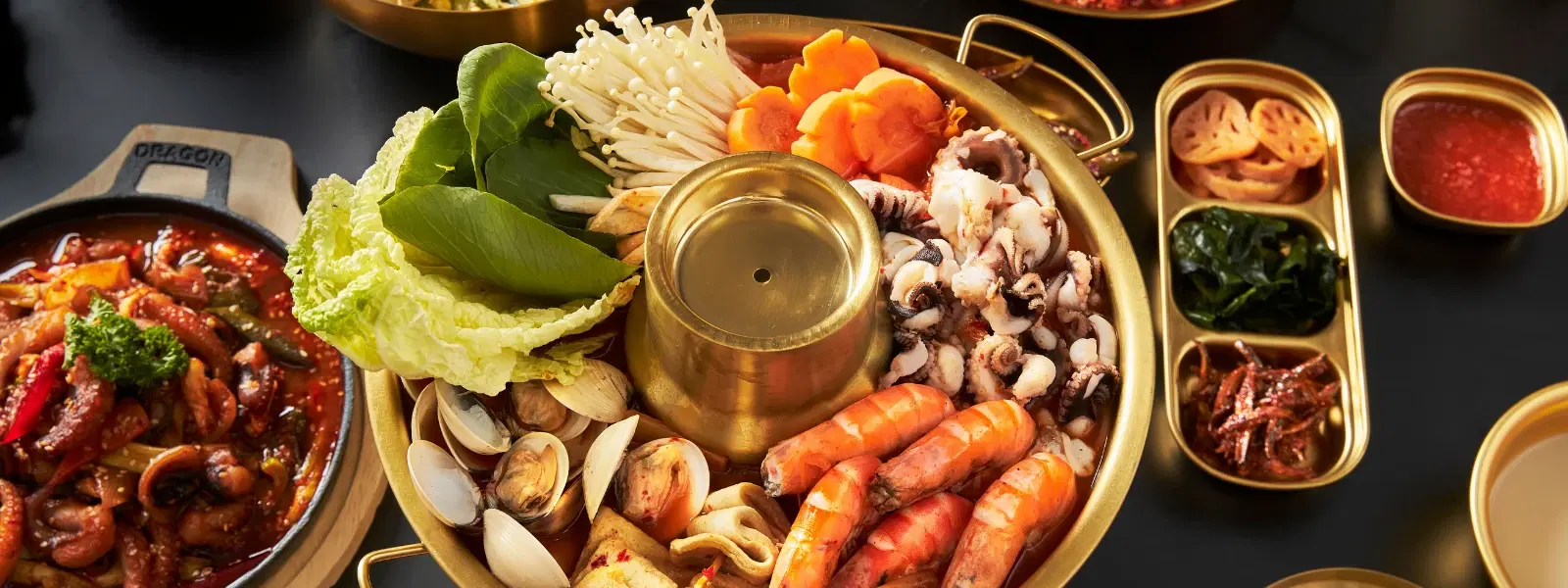
Hotels
•04 min read

Bolivia’s cuisine is a vibrant reflection of its rich culture, diverse geography, and centuries of tradition. From hearty meals to sweet desserts, Bolivian food offers an adventure for your taste buds. In this blog, you'll explore 10 must-try dishes that define Bolivia cuisine, revealing the flavors, ingredients, and cooking techniques that make these dishes truly special. Whether you are a wanderer looking for your next culinary adventure or a professional seeking a quick escape into South American cuisine, this guide will immerse you in the heart of Bolivia’s food culture.
Bolivia’s culinary identity is shaped by its stunning natural landscapes—from towering mountains to lush valleys and expansive plains. Each region lends its unique ingredients and traditions, resulting in dishes that are as diverse as the terrain. Influences from indigenous communities mix with colonial traditions, creating a cuisine that is both robust and soulful. This deep connection to the land and its history manifests in every flavorful bite.
At the core of Bolivian recipes are ingredients like quinoa, potatoes, corn, and fiery ají peppers. These staples are not only healthful but also central to traditional cooking techniques. Whether it's the soft texture of quinoa or the earthy flavor of various potato strains, each ingredient contributes to the unique taste of Bolivian food, making it a fascinating subject for both casual cooks and culinary enthusiasts seeking authentic Bolivian recipes. Interestingly, the spice profiles of Bolivian cuisine share similarities with Indian dishes, such as the use of chili peppers and earthy flavors, making it relatable for Indian food lovers.
Salteñas are Bolivia’s iconic savory pastries filled with a mix of meat, vegetables, and spices. Perfectly baked to a golden crisp, these treats are a beloved street food that can be enjoyed on the go. Their juicy, flavorful filling encapsulates the essence of traditional Bolivian food.
Anticuchos are another street food favorite, featuring grilled beef heart skewers served with potatoes and a rich peanut sauce. This dish has deep cultural roots and is often enjoyed during festive occasions, revealing the communal spirit inherent in Bolivian food culture.
Silpancho stands out as a layered meal combining rice, potatoes, tender beef, and perfectly fried eggs. This dish is not only filling but also a culinary emblem of comfort and tradition.
Pique Macho is renowned as Bolivia’s national dish. This generous platter mixes beef, sausage, potatoes, and an array of vegetables to create a hearty meal that satisfies even the largest appetite.

Sopa de Maní or peanut soup, blends the creaminess of peanuts with beef, potatoes, and vegetables. Its unique flavor profile is both nutty and savory, showcasing a traditional method of slow cooking for maximum taste.
Mondongo is a spicy pork stew served with hominy and potatoes. With regional variations adding local twists, this dish reflects the dynamic nature of Bolivian recipes and the rich tapestry of its food traditions.
Humintas are baked corn cakes wrapped in husks, simple yet bursting with flavor. They are a staple in Bolivian food culture, offering a taste of the country’s agricultural heritage.
Cocadas are delightful coconut-based treats that have won over the hearts of dessert lovers across Bolivia. Their sweet, tropical flavor makes them a popular choice at every festivity.
Helado de Canela, or cinnamon ice cream, offers a refreshing twist with hints of spice. This cooling dessert is a favorite among locals and visitors alike, providing a sweet end to a savory meal.
Api con Pastel is a traditional drink made from warm purple corn, paired with delicious fried pastries. This unique beverage is deeply embedded in Bolivian street food culture and is perfect for those cool evenings, inviting you to savor a warm, comforting taste of tradition.
In Bolivia, cooking techniques are as varied as the terrain. Slow cooking, grilling, and steaming are common methods that help maintain the integrity and flavor of the ingredients. These time-honored methods ensure that each dish retains its authenticity, capturing the essence of Bolivian recipes and traditional Bolivian food.

Food in Bolivia is much more than sustenance—it is a way to celebrate life. Bolivians typically enjoy three main meals a day, with lunch being the largest. These meals are social events where family and friends gather to share stories, build connections, and pass on culinary traditions. This culture of togetherness highlights how food functions as a cornerstone of national identity, much like the diverse food scenes found in India.
According to local agricultural records, Bolivia is home to over 4,000 varieties of potatoes, making it a global hotspot for this versatile ingredient. Potatoes play a starring role in many Bolivian dishes, from soups to stews and even desserts!
Bolivia’s traditional food includes dishes like salteñas, silpancho, and sopa de maní, which reflect the country’s rich culinary heritage.
Bolivia is most known for its diverse geography, vibrant culture, and unique dishes like pique macho and anticuchos.
Bolivians typically eat three meals a day: breakfast, lunch, and dinner, with lunch being the largest and most important meal.
Salteñas and anticuchos are among the most popular street foods in Bolivia, loved for their rich flavors and convenience.
Bolivia’s cuisine is a celebration of tradition, geography, and culture, offering an intricate tapestry of flavors that are both unique and unforgettable. From savory dishes like silpancho and pique macho to sweet treats like humintas and helado de canela, each meal reflects the passion and heritage of its people. Indulge in Bolivia’s culinary world and discover the secrets behind its popular Bolivian meals, Bolivian cooking techniques, and the timeless Bolivian food ingredients that continue to enchant food lovers worldwide. Which Bolivian dish are you most excited to try?